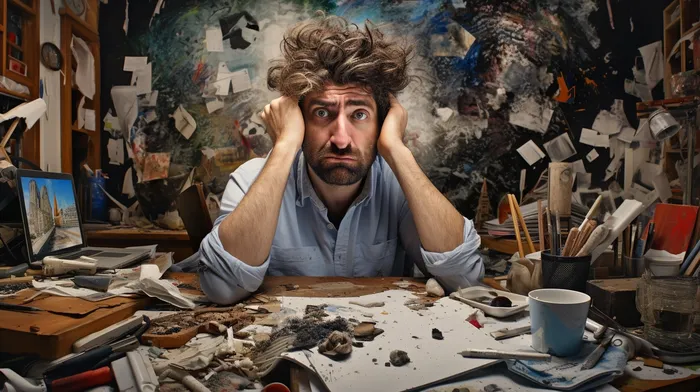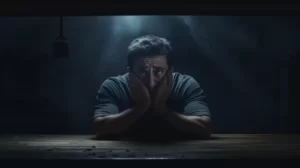A unique perspective of the world is often attributed to creative individuals, sometimes causing an imbalance in their mental health. Research has found that this general assumption may indeed hold some validity. A study conducted in Sweden revealed that creative professionals are more frequently treated for mental illness compared to the general population. Furthermore, a strong association has been discovered between being a writer and suffering from schizophrenia.
Researchers at the Karolinska Institutet discovered that those in artistic and scientific fields experience higher rates of schizophrenia, depression, anxiety syndrome, and substance abuse. They are also more likely to commit suicide. While these findings are significant, it raises the question of whether mental turmoil should be entirely alleviated if it amplifies the individual’s creativity.
Simon Kyaga, one of the researchers, posits that looking at the benefits that certain mental health symptoms bring could lead to a novel approach to treatment. This approach would require doctors and patients to negotiate their treatment goals and consider the potential costs. There has been a long-standing tendency in psychiatry and medicine to attempt to eradicate any symptoms deemed “morbid.” However, this perspective may not always lead to the best outcomes in treating creative individuals.
Mental Turmoil and Creativity: Exploring the Connection
The link between mental turmoil and creativity is multifaceted and complex. One reason these two seem to be correlated is that both creativity and mental illness involve a heightened level of sensitivity and emotional intensity. Creative individuals are often more receptive to their surroundings, leading them to observe and internalize stimuli that might go unnoticed by others. This heightened sensitivity can lead to increased creativity, but it can also generate emotional turmoil and mental distress.
Another connection between mental illness and creativity lies in the fact that both require a shift in thinking. Many creative breakthroughs occur when individuals step outside their usual sphere of thought, exploring new perspectives and viewpoints. Similarly, mental illnesses can cause disruptions in typical thought patterns, forcing individuals to perceive the world in a different light. While this can be distressing for the individual, the altered mental state can lead to creative insights and ideas.
Additionally, many creative individuals utilize their artistry as an outlet to cope with their mental health struggles. Expressing one’s thoughts, feelings, and experiences through writing, painting, or another artistic medium can offer relief and serve as an essential tool for working through mental and emotional challenges. Channeling internal struggles into a creative project can foster a sense of purpose, resilience, and personal growth, further linking creativity and mental illness.
Rethinking Treatment: Embracing and Managing Mental Turmoil
Considering the potentially beneficial relationship between mental turmoil and creativity, it is essential to reevaluate treatment options for individuals in creative professions. Traditional therapy modalities often aim to reduce symptoms and restore emotional equilibrium. However, this one-size-fits-all approach might hinder the creative potential of some individuals by dulling the emotional intensity driving their artistic capabilities.
Rather than focusing solely on symptom reduction, mental health professionals should consider adopting a strengths-based approach when working with creative individuals. This entails identifying and amplifying the aspects of a person’s mental illness that may be fueling their creativity while simultaneously addressing the problematic symptoms. A collaborative client-therapist relationship is critical in creating a tailored treatment plan that best serves the individual’s needs and balances the creativity-mental turmoil connection.
One such therapy option is creative arts therapy, which seeks to address mental health concerns through the integration of different artistic expressions like art, music, dance, and writing. Creative arts therapy could be an ideal choice for many creative individuals, as it allows them to explore their thoughts and emotions through the act of creating – tapping into the therapeutic potential of the connection between mental turmoil and creativity.
Conclusion
The association between mental illness and creativity is a complex and nuanced topic. By acknowledging the connections between the two, mental health professionals can create more effective and meaningful treatment options for creative individuals. By embracing their unique mental state and learning ways to manage and harness their emotional intensity, creative individuals can continue to flourish and contribute to the world while taking care of their mental health.



